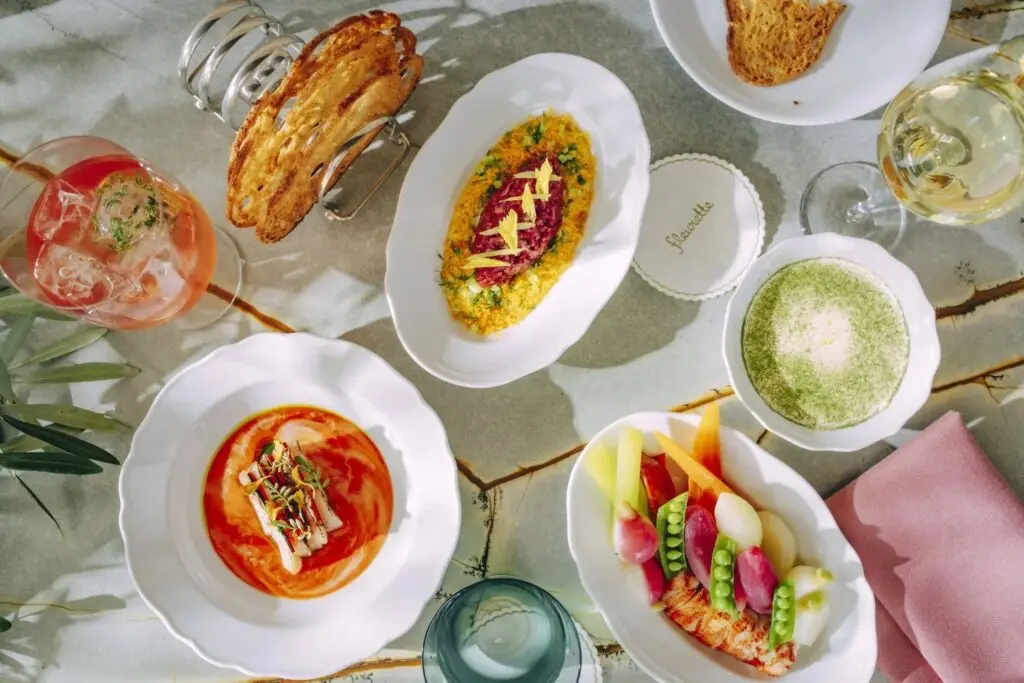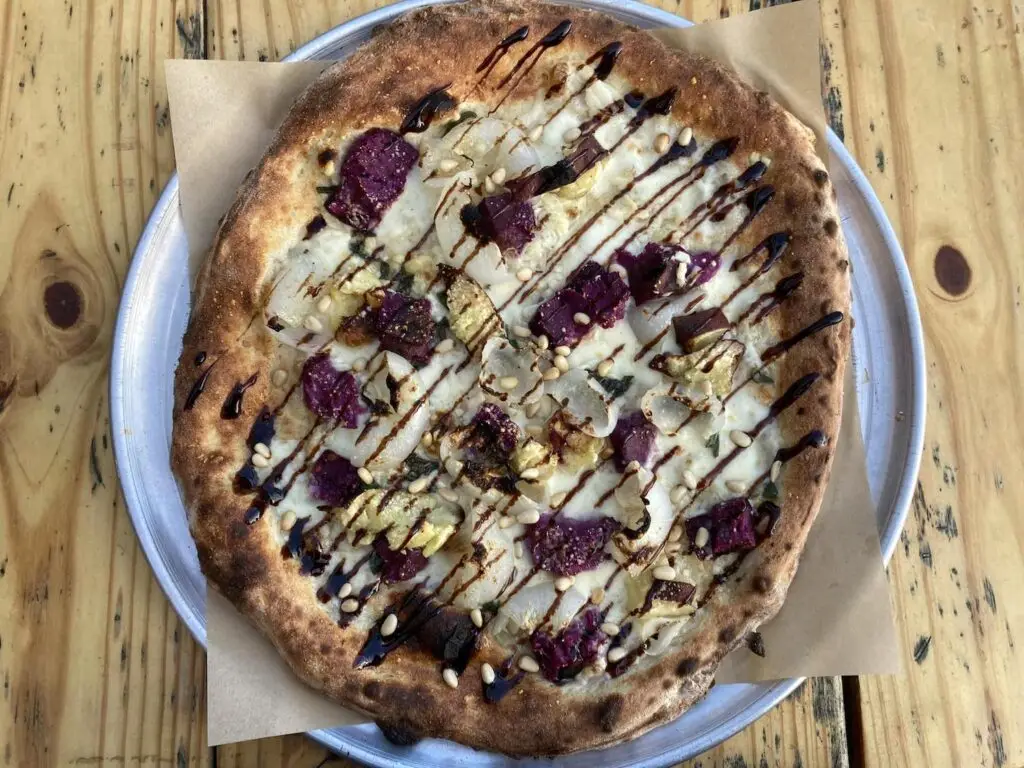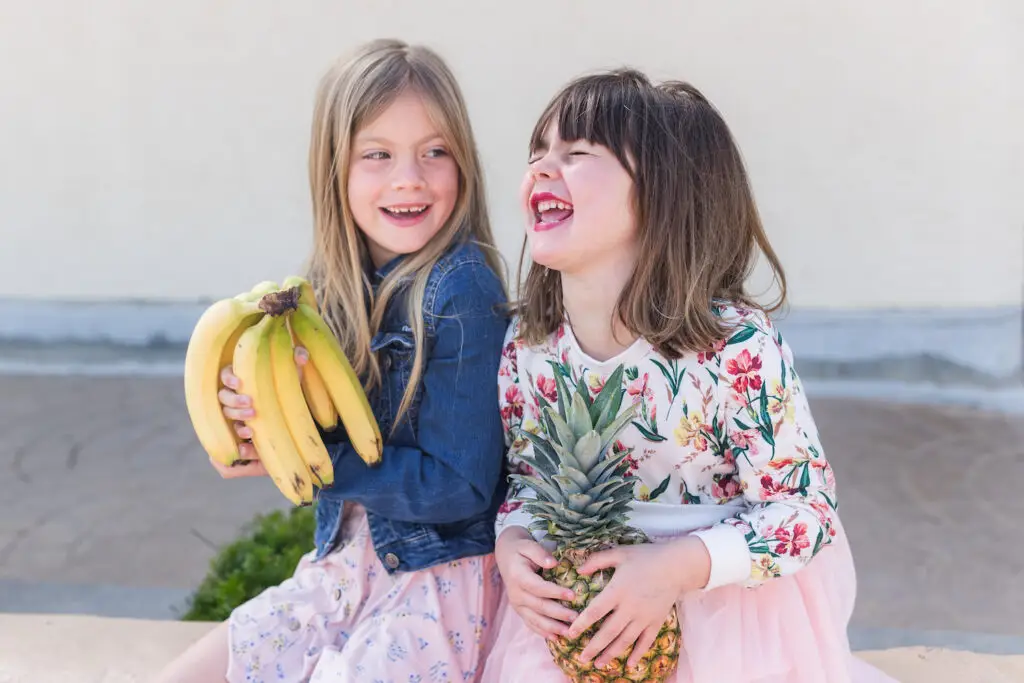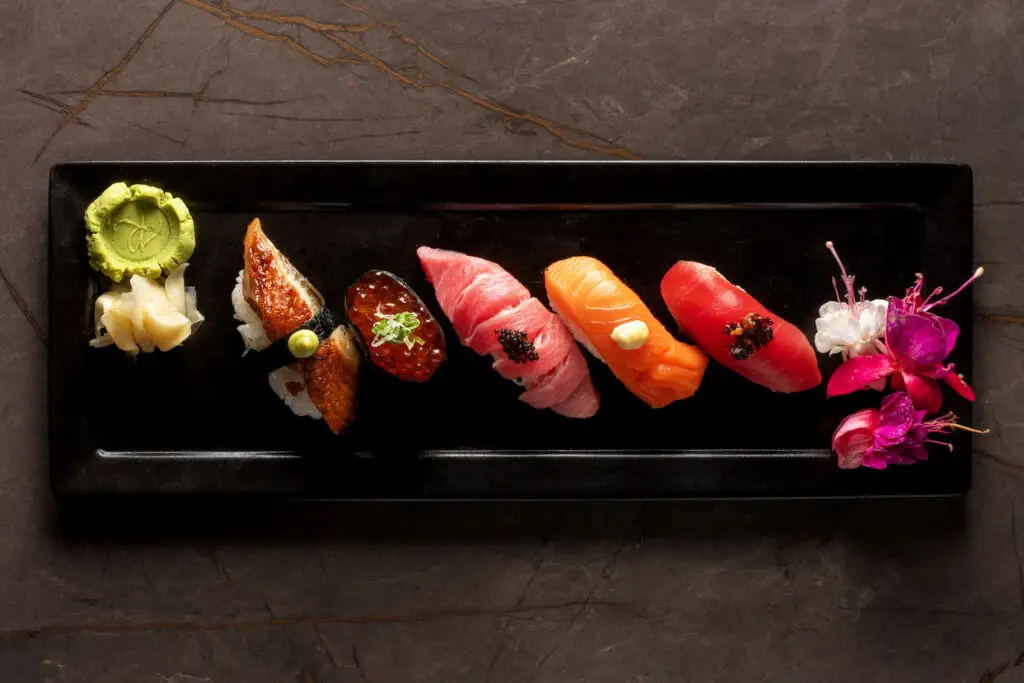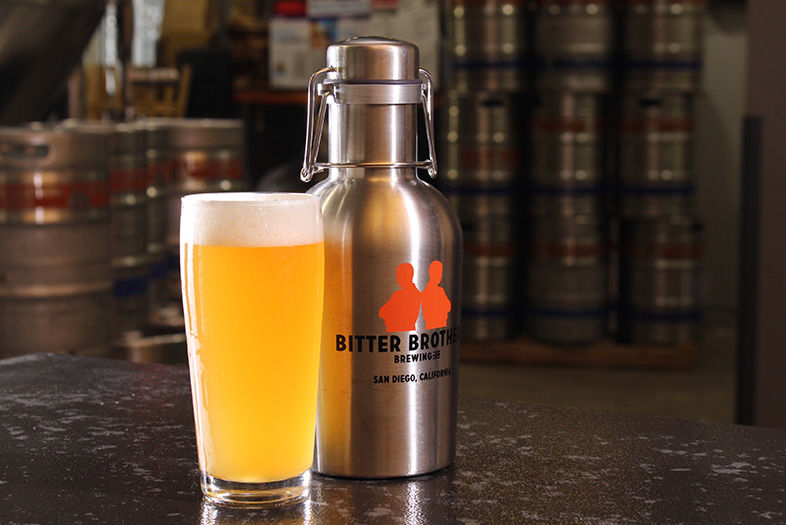By my count, Bitter Brothers is the 117th brewery to officially open for business in San Diego, and it’s the first newbie of 2016. For me, it’s a particularly satisfying opening because I’ve been tracking the brewery’s evolution from its very beginning. Now that it’s finally up and running, it’s nice to see that all the time, worry, and planning that went into the project has finally paid off.
It was more than two years ago that I first sat down to lunch with co-founder Bill Warnke to talk about what the basic elements of a new brewery strategy should be. Well aware of the sheer number of breweries already out there—and the high quality of the beer most of them were producing—Bill wanted to make sure his roadmap for success was extra solid. As an outside observer, I’d say that Bill’s approach was particularly well thought out and executed—and I dare say it could serve as a kind of template for anyone who’s thinking about getting into the San Diego brewing game. So, all you pro-brewer wannabes out there: Pay attention! Here’s a step-by-step list of how to do it right.
Step One: Get some actual hands-on professional experience in the industry. Bill had actually been around the San Diego beer scene for a number of years before he started to think about opening his own place. As a chef for Waters Catering, Bill was initially introduced to San Diego beer through his participation in Cook’s Confab, a foodie event that paired chefs with breweries (organized by local beer writer and pundit Brandon Hernández). “I really have to blame Brandon for all this,” Bill told me with a smile. “Had he not made the whole Cook’s Confab event happen, I would not have been exposed to the craft brewing industry.” For the event, Waters was paired with Lightning Brewery, which, in turn, sparked a long-term association between Bill and brewery owner Jim Crute. “I discovered there was really something I found captivating about the beer scene,” Bill recalls. “I kind of caught the bug, not on the brewing side, but on the side of liking how things work.” Soon, Bill volunteered at Lightning, then he joined the Lightning team, and eventually he even invested in the company. Bill also brought his brew-loving brother Kurt aboard. Their time at Lightning gave the brothers a real insider’s perspective on how a brewery runs, how great beer is made, and what makes the San Diego scene tick. “I’m very thankful for Jim [Crute],” Bill says. “He taught us a lot about the beer industry. He gets credit for us being here.”
While Bill and Kurt were at Lightning, they got tagged as “the Bitter Brothers.” The nickname came about because Bill and Kurt have a longstanding joke about growing up in the Midwest, in what Bill refers to as an “Eeyore family.” He explains that, like the Winnie the Pooh character, everyone in the Warnke family would look at a glass and say, “Oh, it’s half empty.” So, as Bill says, “we grew up with a little bit of bitterness.”
Step Two: Get advice and support from folks in the trenches. For years, Bill had admired Societe Brewing Company, not only for the beers they made, but also for the size and scope of their business. When he was formally introduced to co-founders Doug Constantiner and Travis Smith, he found them receptive and willing to offer counsel as well as real support. “Societe is our Big Brother brewery,” Bill says. “Doug and Travis, the whole brewing team and tasting room staff, they have all been very supportive. And anything we needed to know, they managed to help us with. They even stored our hops for us when we didn’t have a cold box. I cannot say enough about Societe.”
San Diego brewers are known to be a generous and supportive community and the tradition of brewers helping brewers goes back a long way. In the early days, when there were only a dozen or so breweries in town, brewers were known to openly share techniques and recipes, to troubleshoot for each other, and to lend each other ingredients and equipment. Although there are many more breweries today—and competition has become significantly stiffer—the old-time spirit of generosity and camaraderie still exists, as long as the brewers are convinced your heart is in the right place and you’re truly dedicated to making great beer.
Step Three: Find a great location, preferably one that you know well. There seem to be two basic strategies for picking a good brewery location these days. One option is to set up shop near a bunch of other breweries, where you hope to pick up traffic and patrons from your neighbors. This is sort of the “critical mass” approach; the hope that your brewery can become the next stop on the tour that’s already coming to the neighborhood. The second option is to identify an area that’s underserved, a location where there’s lots of pent up demand but no local brewery to supply it. Morena Boulevard in Bay Ho was that option for Bill and his partner, co-founder Monica Andresen. Monica, who heads up marketing and brewery events, was adamant about holding out for a space on Morena Boulevard, even though she knew that properties seldom become available there. “I had worked on Morena for twenty years and I knew there’s not a lot down here,” Monica says. “But I also knew there’s a lot of traffic and the need.” Convinced that a Morena location was key, Bill and Monica waited for an opportunity to present itself. Eventually the “stars aligned” and they made a deal with a landlord who, as luck would have it, was actually hoping to have a brewery in this very space.
Step Four: Assemble a great brewing team. This step may seem obvious, but there are some people in this town (names withheld!) who feel six months of homebrewing in a garage somewhere is all the experience you need to go pro. Not so. If you’re going to try to compete in San Diego, you’ve got to bring your A-game, and that means having a lead brewer with real chops. Bill assembled a brewing team led by John Hunter, a talented young brewer who has been a key player at Karl Strauss, White Labs, and most recently 32 North. “John’s talent is not only as a brewer,” Bill explains, “he also has the ability, like a chef, to look at ingredients and know what they’re going to taste like when you put them together. The other thing about John that helps us is that he knows yeast. He worked at White Labs and he knows how we can combine yeasts to get a desired effect. He knows how to get the flavors we’re looking for.”
John leads a core brewing team of three brewers, all of whom bring a different perspective and palate to the mix. Brewer Bruce McSurdy will focus mostly on producing traditional English styles, while Kurt Warnke will brew his favorite classic German varieties. John, in addition to brewing his clean, well-balanced, hoppy ales, wheat beers, and dark beers, will also brew a few variations of Berliner Weiss (a personal favorite of his) and will continue to have fun with his “candy bar series,” which John refers to as “a fun brewing experiment and a fun thought experiment. I like the challenge of replicating those flavors in a beer without making it overly sweet and still making it taste like beer.” [At Karl Strauss, John brewed the peanut butter cup porter recipe and then brewed a beer he called the “Almond Joy,” which was coconut and chocolate. His inaugural Dunkelweizen at Bitter Brothers—on tap for the opening—is augmented with candy-like notes of banana and chocolate.]
Step Five: Make great beer. Ask any brewer in San Diego for advice and he or she will give you two simple guidelines: Make great beer and brew what you like to drink yourself. This was the advice given to the Bitter Brothers team and this is the strategy they are employing. The Bitter Brothers lineup will be an interesting blend of classic styles as well as some offbeat and creative beers, but all will strive for layers of flavor, complexity, and relatively tame alcohol levels. “The name is Bitter Brothers, but it doesn’t mean bitter beers,” Bill points out. He says they will probably only have three or four core hoppy beers and the rest will be a variety that includes an ESB, a Hefeweizen, and a porter or stout. John will also be sure to keep his hand in various kinds of sour styles, which he really loves. “I love sour beers, and beers like our Berliner Weiss are perfect year-round beers for San Diego.” On the production side, John will employ a unique and somewhat cutting-edge process for barrel aging. The brewery has acquired a number of stainless-steel barrels that provide exposure to wood with interchangeable slats on the inside instead of the traditional staves on the outside (they’re very cool!). This equipment will enable Bitter Brothers to do barrel aging with unprecedented efficiency and consistency because, according to Bill, they will be able to reproduce the same result over and over again.
During my first visit, it occurred to me that the special stainless-steel barrels are particularly well suited to the Bitter Brothers approach. Like Bill and his team, the barrels offer an interesting and somewhat creative new way to achieve efficiency and consistency without sacrificing quality or flavor. That kind of well-considered strategy is what Bitter Brothers has been about from the start, and it’s my prediction that their approach will mean sweet success for them as the first new brewery of 2016.
Bitter Brothers Brewing Co., 4170 Morena Blvd, Bay Ho
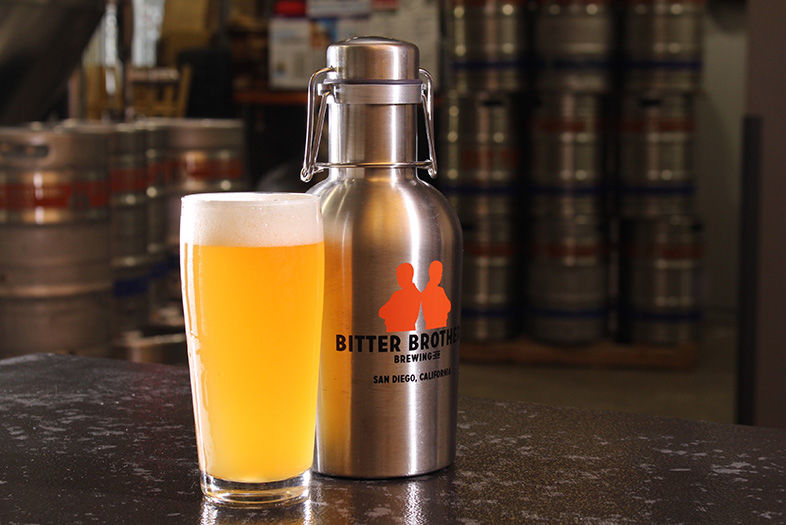
Opening is Sweet for Bitter Brothers
PARTNER CONTENT
Bitter Brothers Brewing Co. | Photo by Bruce Glassman
